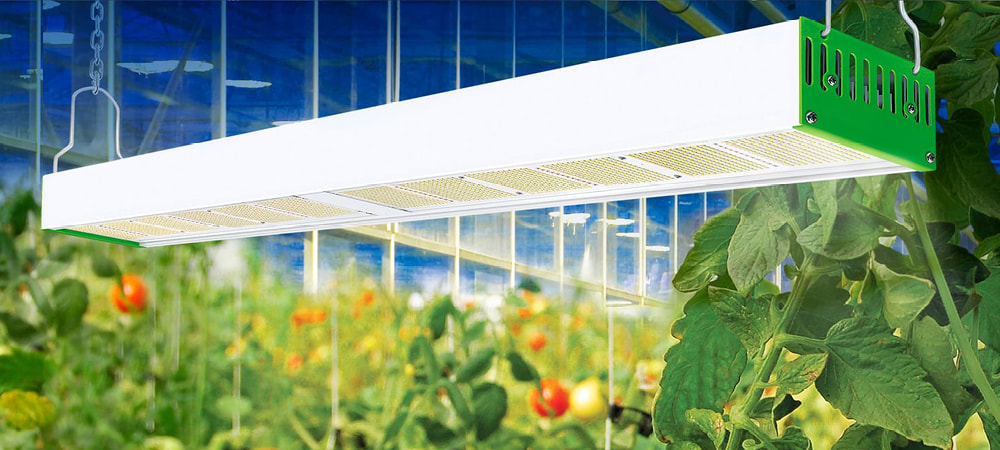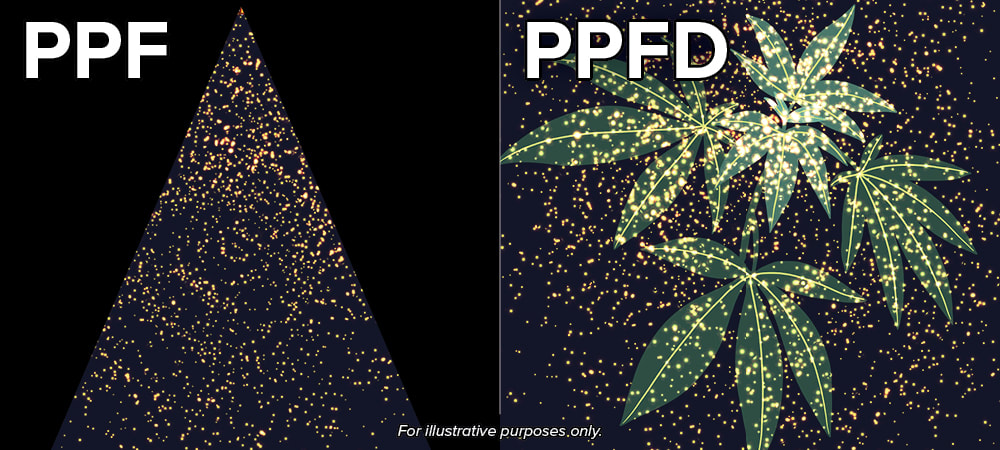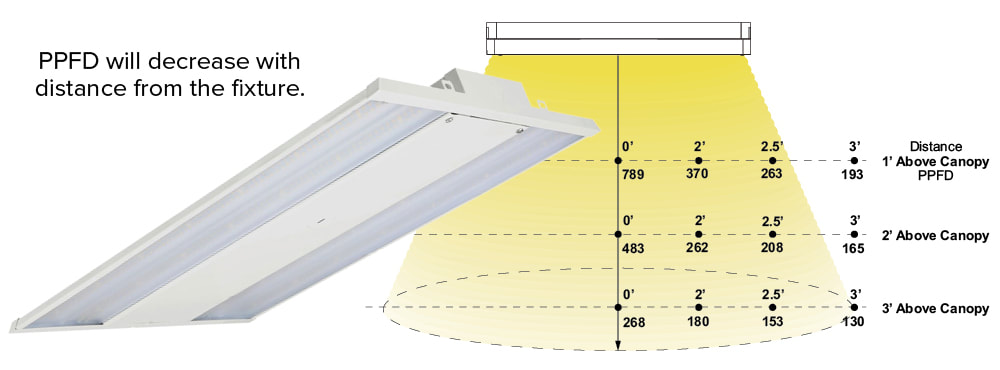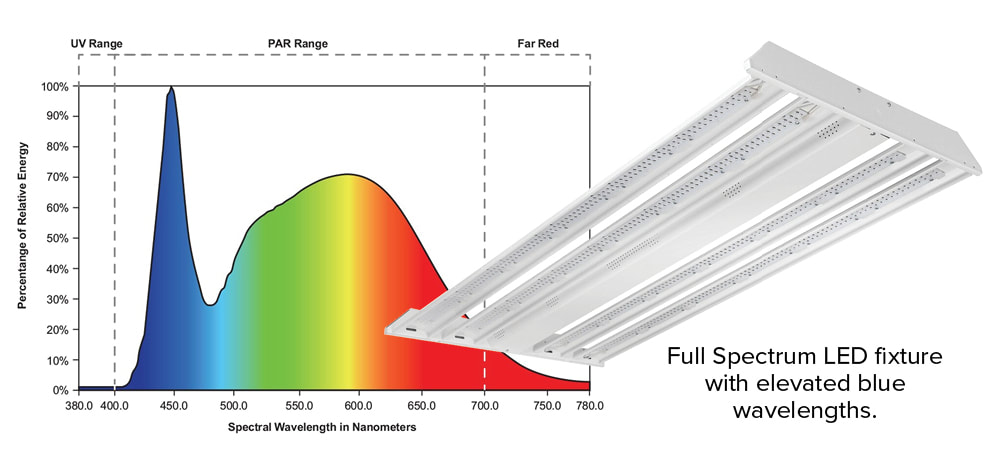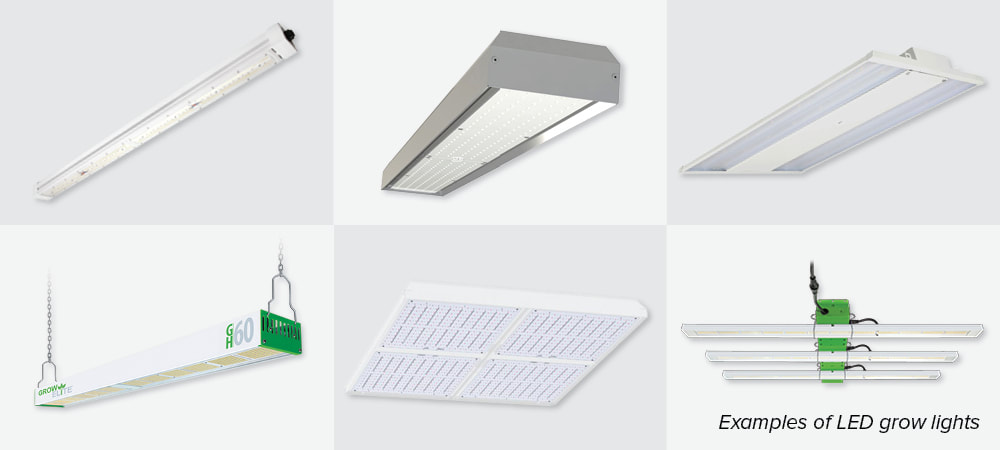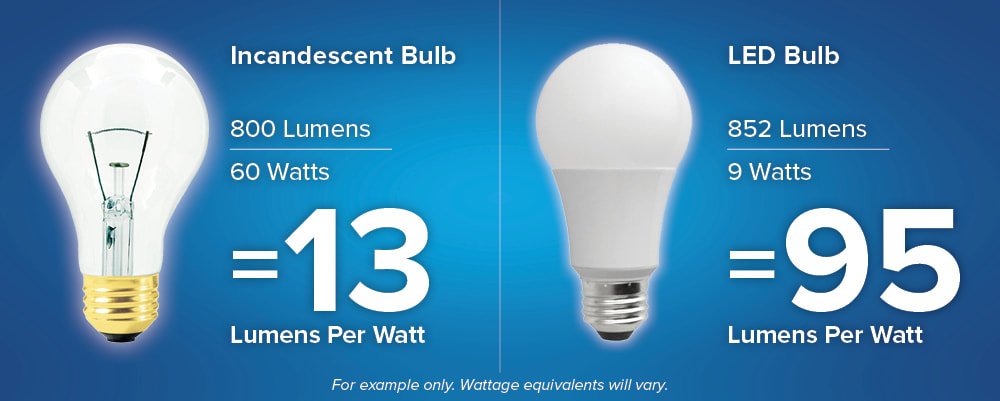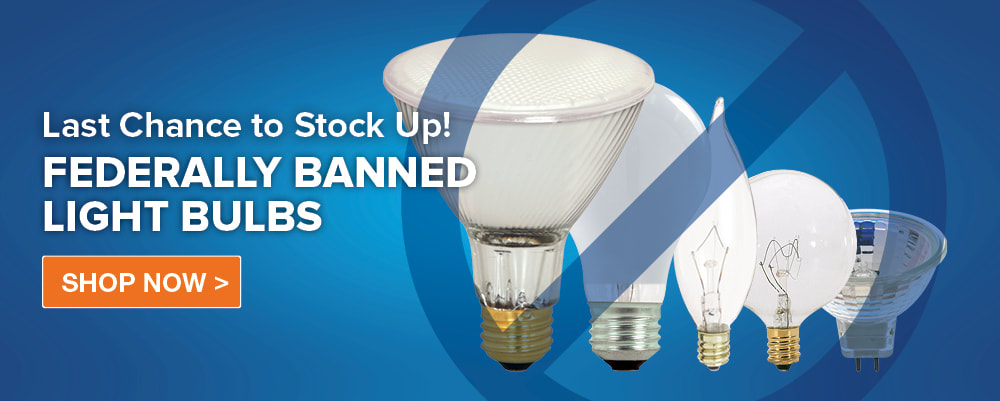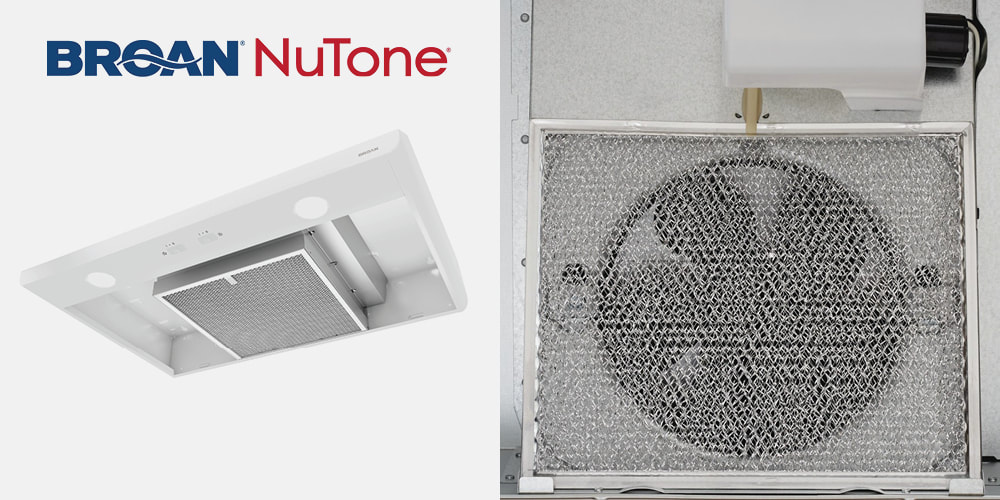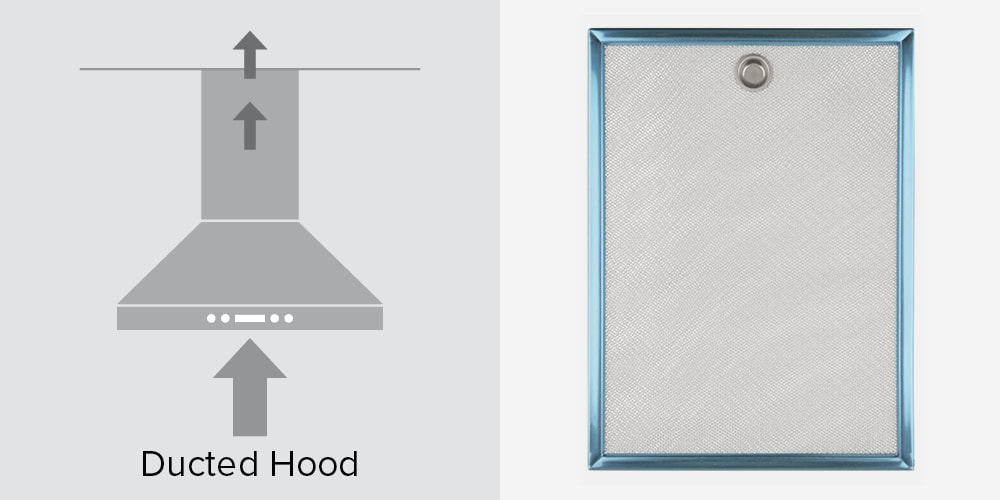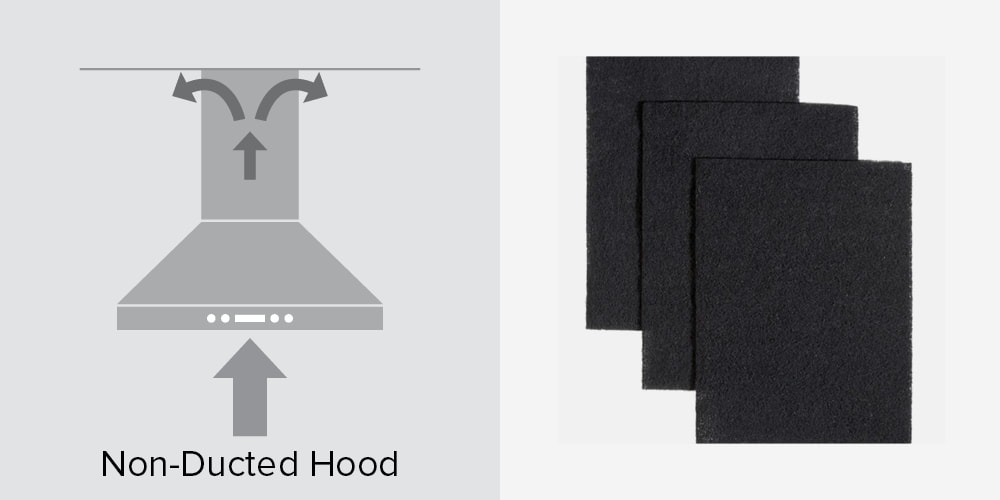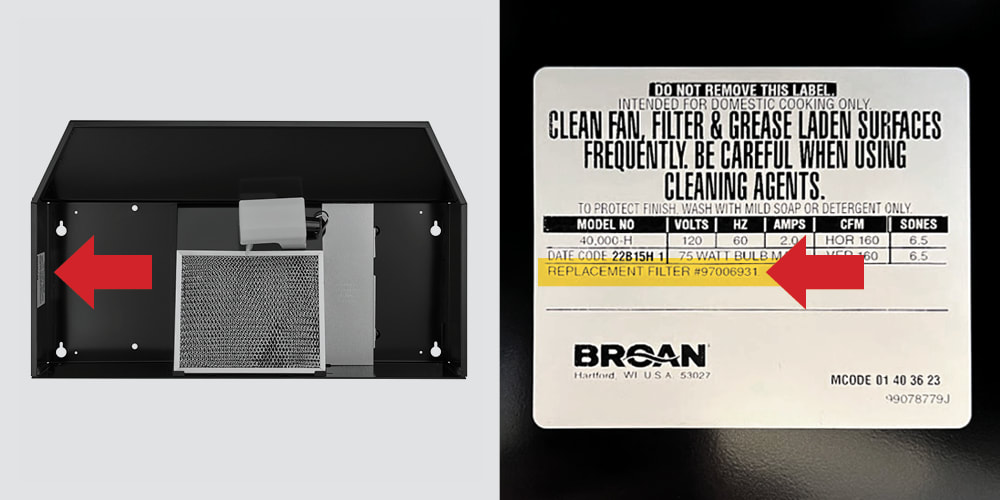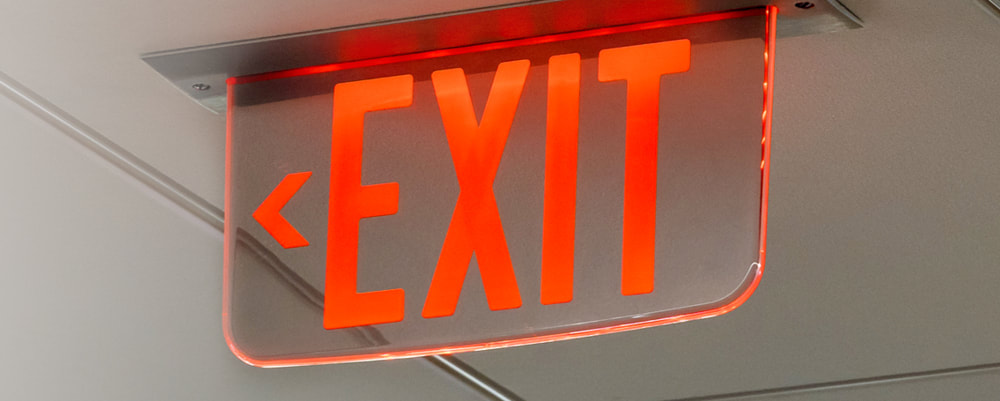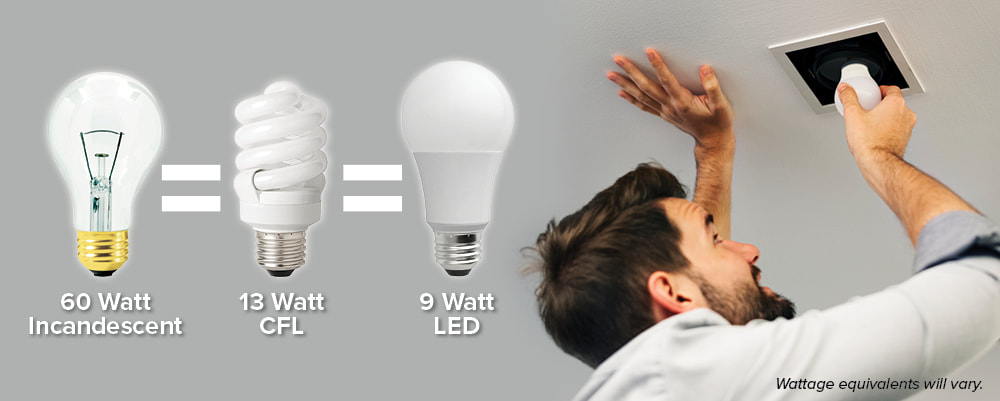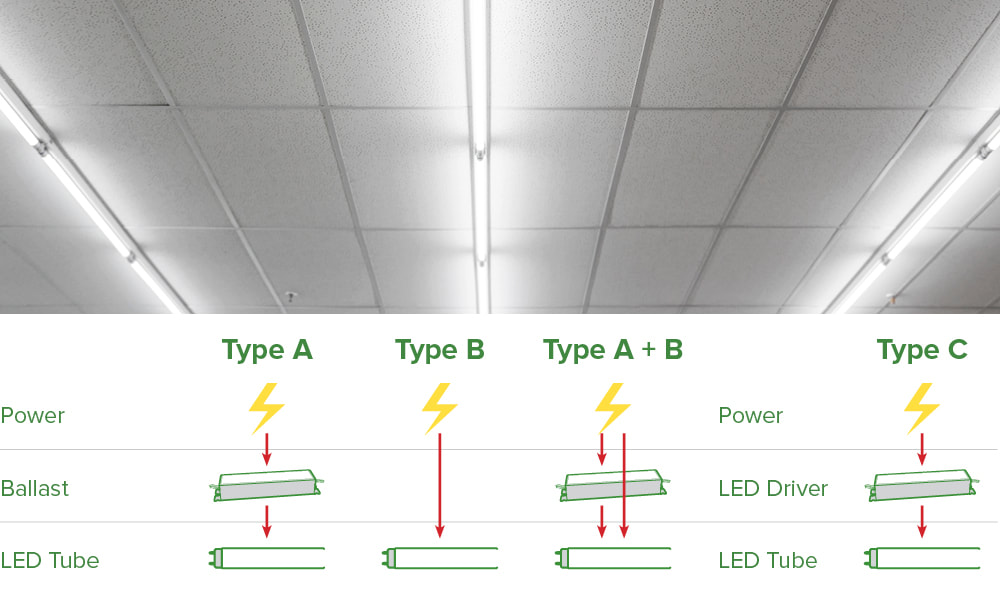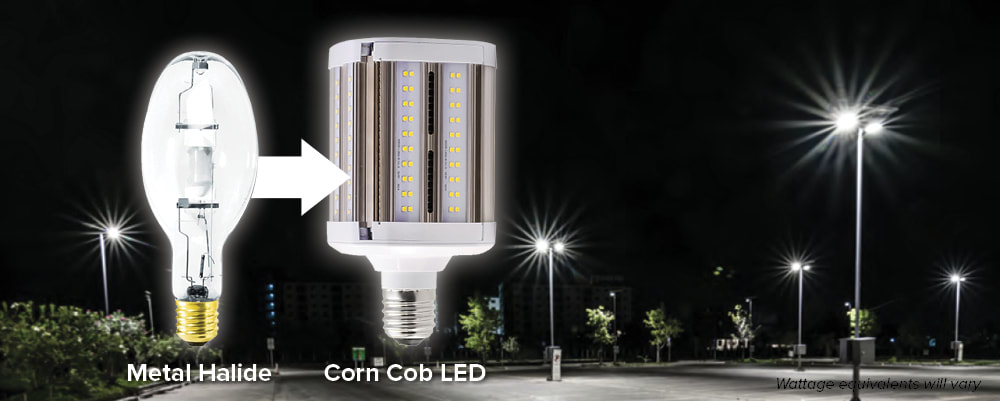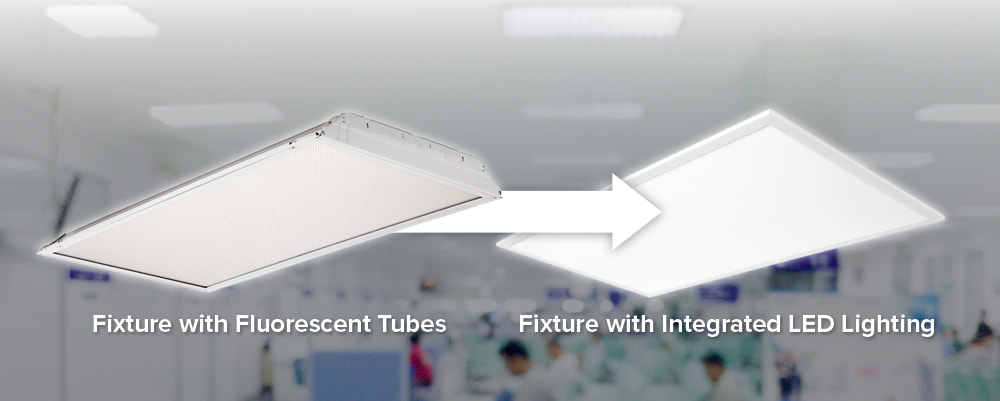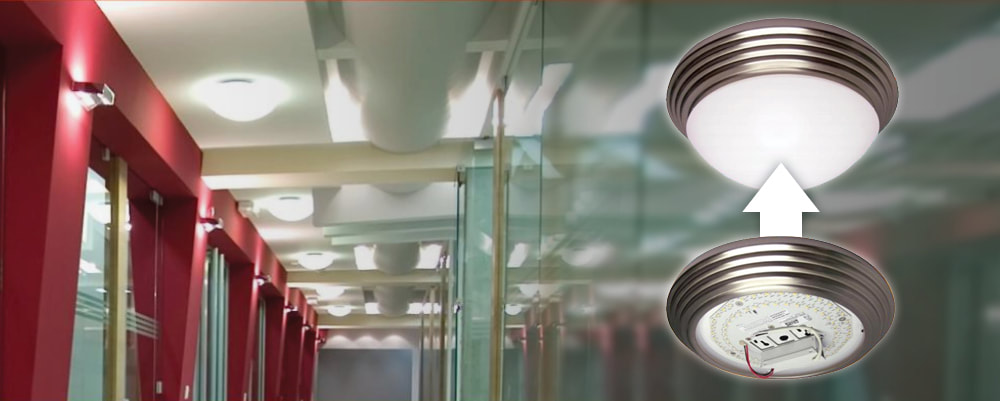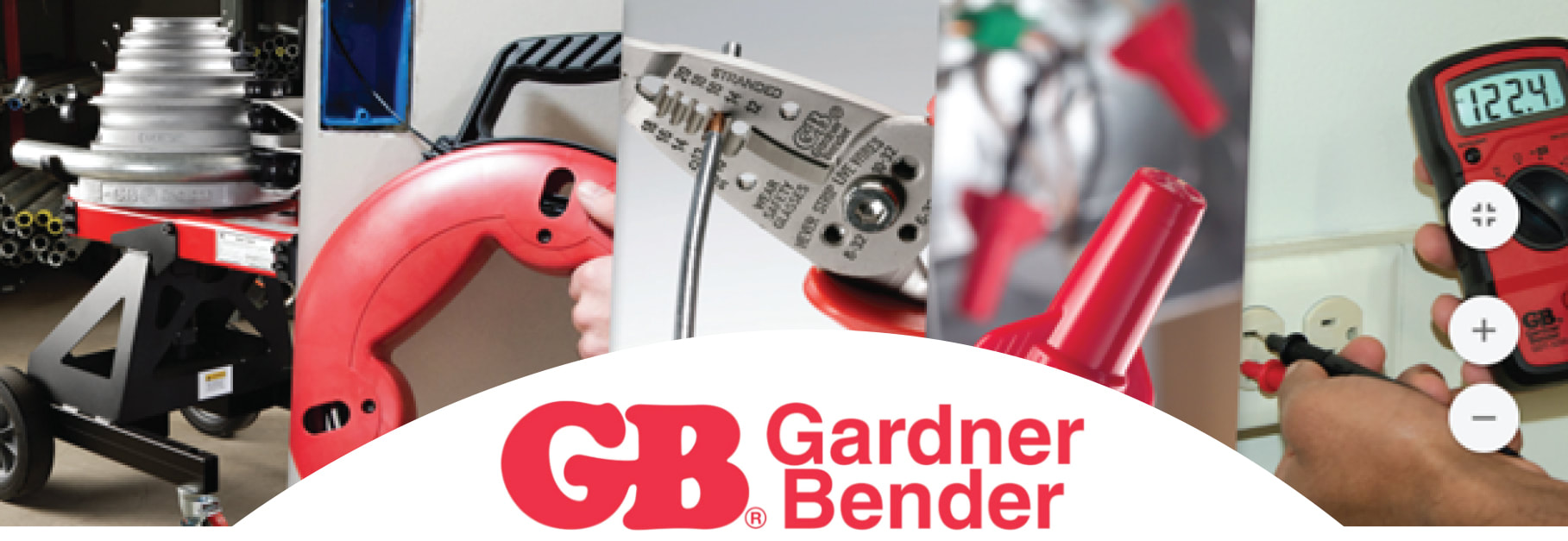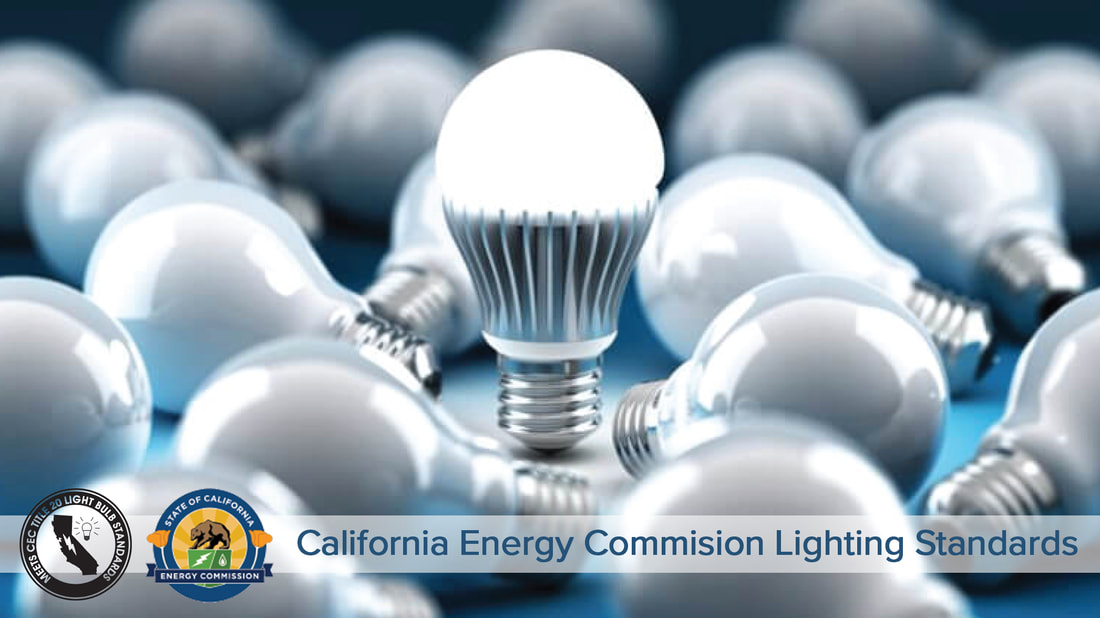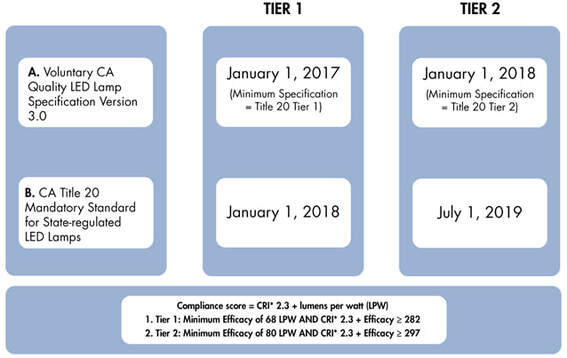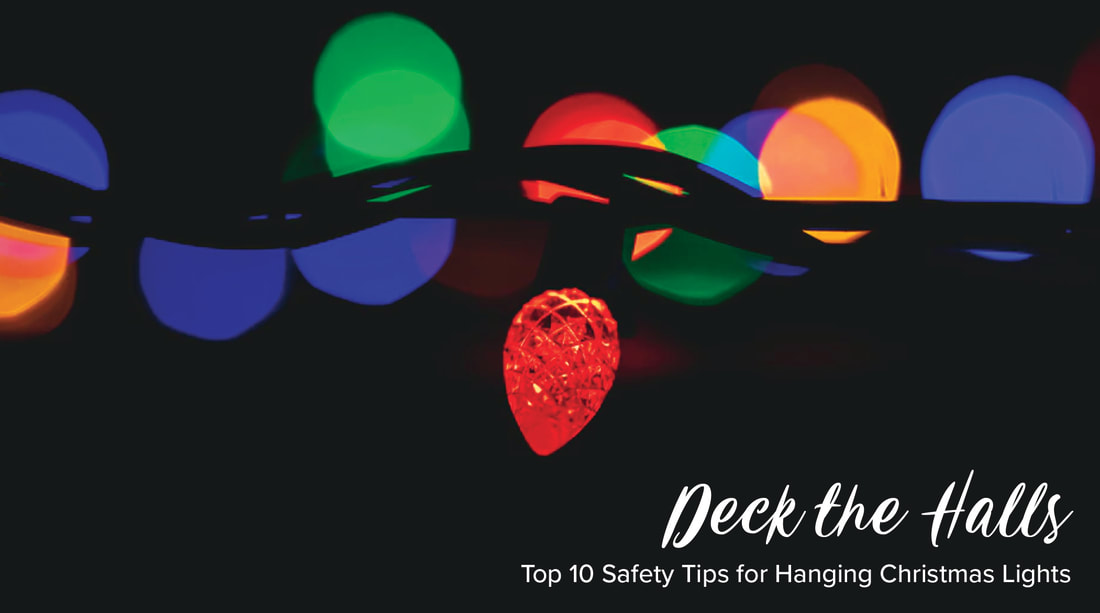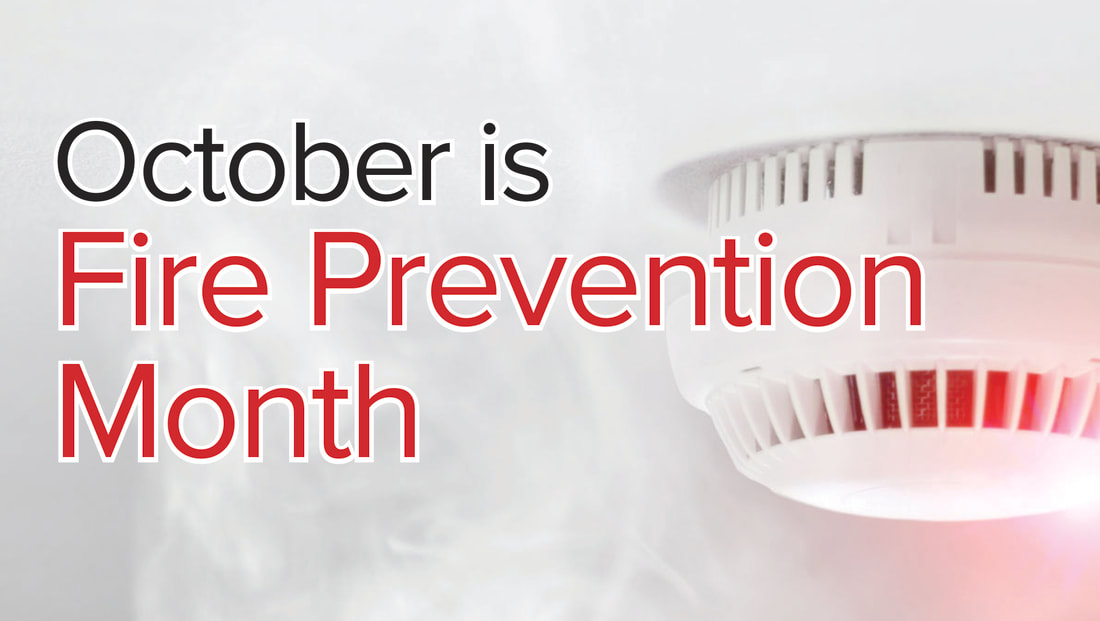|
With general lighting, the terms watts and lumens help us to understand how much energy our lights will use (watts) and how much light they will produce (lumens). While these measurements are useful for grow lights, they aren’t the most relevant. Home growers, greenhouse farmers, medicinal plant growers and commercial plant growers all strive to optimize and accelerate plant growth by replicating the ideal conditions for photosynthesis. So, what factors should be considered when purchasing grow lights? 1. What PPF or PPFD measurements are best for the grow lights?Let’s start back at the basics. The visible light spectrum is a segment of the electromagnetic spectrum (typically between 380 and 750 nanometers) that is visible with the human eye. Plants use a similar section of the spectrum (generally between 400 and 700 nanometers) for photosynthesis. This range of plant-usable light is called Photosynthetically Active Radiation (PAR). PPF and PPFD measurements give information about how much PAR is given off by a light source and how much of that light plants will receive. PPF (Photosynthetic Photon Flux) measures the amount of plant-usable light given off by a light source. Specifically, the number of micromoles of photons released from a light source per second (µMol/s). PPFD (Photosynthetic Photon Flux Density) measures the amount of plant-usable light the plants will receive. Specifically, the number of micromoles of photons that land on a square meter per second (µMol/s/m2). The following are some examples of ranges that may work well for cannabis growth:
Recommended PPF and PPFD measurements will vary based on the type of plants, stages of the plants and growth goals for the plants. In the chart below you can see an example of the PPFD of a fixture and how it differs based on the distance of the plant from the light source. In addition to PPF and PPFD measurements, another important factor to consider is color spectrum. 2. What color spectrum is best for grow lights?While the entire electromagnetic spectrum can provide value to plants, the PAR range (400-700nm) is necessary to facilitate photosynthesis. Within this, the color ranges are not valuable in equal amounts though. In a very basic sense, red and blue are the most effective wavelengths for photosynthesis and are highly absorbed. Green and yellow light play a much smaller role in the plant’s development and much of the light is reflected, which is why plants look green. The goal of a highly effective and efficient greenhouse would be to use the correct balance of light to yield maximum results. This is generally achieved with red, blue or full spectrum lights. The term full spectrum has a few meanings. People often think of full spectrum lights as bright white lights that mimic sunlight, but full spectrum can also mean a light that delivers all wavelengths of the electromagnetic spectrum. Bright white lights can be good for growing, but they also generally deliver more green and yellow light than needed. If plants receive more light than they can absorb, energy will be wasted and the light will be reflected as heat, which can be detrimental to plant growth. Many manufacturers offer full spectrum lights targeted to the needs of plants that provide larger amounts of red and blue light and less green and yellow light. Different wavelengths can also produce unique benefits based on the plant’s stage 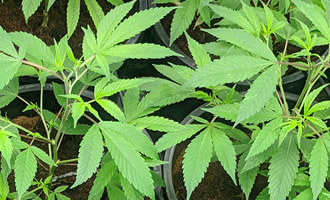 Blue Spectrum (400-500nm) Ideal for Vegetation Stage
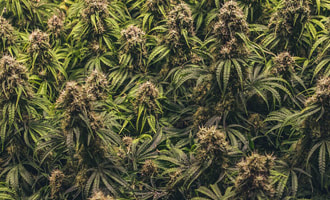 Red Spectrum (600-700nm) Far Red Spectrum (700-800nm) Ideal for Budding, Flowering and Fruit Stages
Another common question about grow lights deals with technology choices. 3. What technology is best for grow lights?Grow lights are available in various technologies like LED, HID, fluorescent and even incandescent. Because LED bulbs and fixtures produce very little heat and use less energy than similar technologies, they are considered a great option for grow lights. LED grow lights also offer the advantage of targeted color spectrums. Fixtures can be tuned to provide exactly what the plant needs, eliminating waste since older technologies generally provide a larger range of colors than needed. Some popular options are LED grow luminaires, LED grow strip lights and LED grow flat panels. These lights come in a multitude of configurations to work for various spaces, like cloning racks, vertical farms, large commercial vegetation tables and much more.
Grow lighting has many components and the recommended lights will depend on the type of plants and the growth goals for these plants. Lighting Supply offers are large selection of grow lights, grow bulbs, grow fixtures and many accessories. Not sure where to start? Call our friendly customer service team today at 800-609-5790.
0 Comments
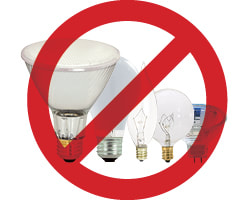 In an ongoing effort to conserve energy, two new rules have been adopted by the United States Department of Energy regarding the definition, production and sales of general service lamps. So what does it all mean and how are you affected? 1. The sale of general service lamps is prohibited after July 31, 2023.Since 2007 when President Bush signed the Energy Independence and Security Act (EISA), we’ve known that incandescent and halogen technologies were being phased out to encourage more energy-efficient options. This act required manufacturers to stop producing certain types of bulbs, however it still allowed retailers to sell their existing inventory. This new rule changes that and prohibits the sale of general service lamps after July 31, 2023. 2. General service lamps must produce a minimum of 45 lumens per watt.This rule expands on the discontinuation of incandescent and halogen technologies and can include certain CFL, fluorescent and even LED bulbs. Lumens measure the brightness of a bulb and watts measure how much electricity is used to achieve that brightness. The amount of lumens per watt is the amount of light produced for every watt of energy consumed. The example below shows a 60 watt incandescent bulb that gives off 800 lumens and a 9 watt LED bulb that gives off 852 lumens. This means these bulbs produce around the same amount of light. The incandescent achieves 800 lumens with 60 watts (13 lumens per watt), while the LED achieves 852 lumens with 9 watts (95 lumens per watt). This is one example that demonstrates how the requirement of 45 lumens per watt will result in exceptional energy savings across the wide range of lighting products used daily in the United States. General service lamps are defined by certain criteria and there are also many exemptions.A general service lamp meets the following criteria:
General service lamps include, but are not limited to:
General service lamps do not include:
A general service incandescent lamp is defined as a standard incandescent or halogen type lamp that is intended for general service applications and:
Why are these changes taking place?It is estimated that the removal of these lighting products will save consumers nearly $3 billion per year on their utility bills, greatly reduce carbon emissions and advance climate goals. Also, since LED bulbs last significantly longer than incandescent and halogen bulbs, sometimes up to 50 times, they will not need to be replaced nearly as often, saving money and maintenance time. What are my options? With Lighting Supply you still have plenty of options. Stock up on hundreds of remaining incandescent and halogen bulbs before the inventory is depleted or the federal cutoff date arrives or shop an enormous selection of energy-efficient LED bulbs. Not sure where to start? Call our friendly customer service team today at 800-609-5790. Resources and Related Articles:
Range hood filters help you to maintain maximum performance from your kitchen, bar or restaurant range hoods. Broan-NuTone offers an enormous selection of high-quality and very effective models, but it can be hard to know which filter is right for your appliance. What are popular types of Broan-NuTone range hood filters?Two popular types of Broan-NuTone range hood filters are aluminum filters and charcoal filters. They each have slightly different functions and operate best in specific circumstances. Aluminum FiltersAluminum filters are used in ducted range hoods. Ducted means that these hoods are vented to outside air and not just inside the kitchen. Their main function is to prevent grease particles from getting scattered in your kitchen or built up in the hood, which can cause messy and sometimes combustible results. They are not created to contain oils or smells. Can aluminum filters be washed and reused? Aluminum filters are able to be washed. Technically, they can be washed in a dishwasher, but that may produce discoloration. The best method for washing is to use hot water and dawn dish soap, which acts as a powerful degreaser. Charcoal FiltersCharcoal replacement filters are a great option for non-ducted range hoods. This means that the hoods are vented inside, back into the kitchen area. The carbon in these filters traps some contaminants and will help neutralize odors. Can charcoal filters be washed and reused? Charcoal filters cannot be washed and reused. When the filter is unable to function effectively, it will need to be discarded and replaced. How do I know which filter to buy?When replacing, it is very important to make sure you choose the correct filter. Hoods that have missing or incorrectly sized filters can end up collecting grease deposits throughout the entire system.
You will need to find a label, usually on the underside of your hood, that should list the hood series and part number for the required filter. You may need to remove the filter to find the label. Filters are not created to be interchangeable between models and cannot be determined by dimensions alone. Exit signs and emergency lights are an integral component of all commercial buildings. While not always used daily, they are one of the most important tools in power outages and emergencies, by providing lighting and quick visual access to the exits. There are many types of exit signs and emergency lights. The required style, number of fixtures and their placement may be designated by local and state laws, so it is very important to consult with a licensed electrician before purchasing and installation. There are also a few questions to ask to ensure you have the best fit for your application. 1. How will the exit sign or emergency light be used?The first step is to decide what kind of signs you need. There are three main types of signs that serve slightly different functions. In addition to traditional exit signs, there are also signs that read "STAIR". 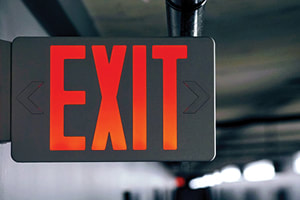 Standard Exit Signs The first option is the standard exit sign. These signs can be single- or double-faced and they can be wall- or ceiling-mounted. There are options for: • White Exit Signs with Red Letters • Black Exit Signs with Red Letters • White Exit Signs with Green Letters • Black Exit Signs with Green Letters 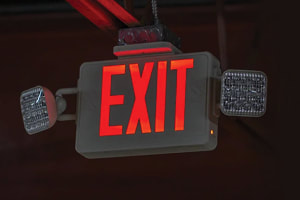 Exit Sign and Emergency Light Combination Fixtures The second kind are exit and emergency combination fixtures. These signs provide the word “EXIT” in red or green along with emergency lights. The emergency lights provide illumination in the event of a power failure. 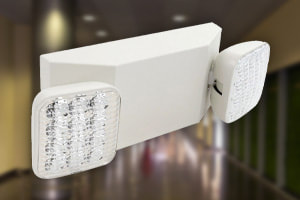 Emergency Lights Finally, there are standard emergency lights. These lights provide illumination in the event of a power failure, but do not include the word “EXIT”. Emergency lights are available in single- or dual-head and in some instances, triple-head. Remote heads are also available to pair with remote capable signs. They do not have an internal power supply and are powered by the battery in the device used. Remember to reference local and state codes for the required number and placement of signs, including standards for hallways, corridors, stairways and fire escapes. 2. What is the exit sign or emergency light made of?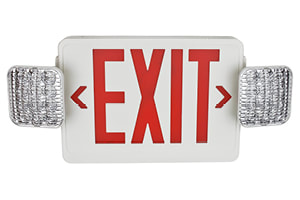 Thermoplastic: Most exit signs are made of thermoplastic. This is ideal because thermoplastic is very durable and can withstand higher temperatures. These signs are favored by contractors as many come with options for ceiling- or wall-mounting, can be 1- or 2-sided and offer a choice for arrows that can be punched out. This makes them a versatile choice for offices, government buildings, hospitals and other large establishments. 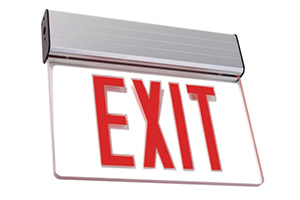 Aluminum: Aluminum is another popular option and is often paired with acrylic panels. These edge-lit exit signs are durable and offer a sleek design that gives a transparent and floating effect. They can be seen in bars, restaurants, malls and other areas where the aesthetic of the sign is important. It is also important to understand the battery contained in the sign. Many signs use the NiCd or NiCad (nickel-cadmium) battery, which is a type of rechargeable battery. These are robust batteries with a long life and a good choice for working in hot and cold weather and other extreme environments. 3. What codes does the exit sign or emergency light meet?Some codes to be aware of when shopping for exit and emergency lighting are UL924, NFPA101 Life Safety Code, NEC and OSHA in addition to local and state codes. 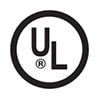 UL 924 This rating means that the product has undergone UL tests and is certified to meet functionality, visibility and reliability standards. 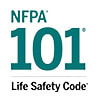 NFPA101 Life Safety Code This code covers minimum requirements for design, construction and maintenance that will protect occupants from danger caused by fire and related hazards. This widely adopted code is currently used in every U.S. state. 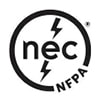 NEC The NEC or National Electrical Code determines requirements for the safe installation of electrical wiring. 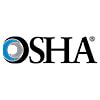 OSHA The Occupational Safety and Health Administration standards are methods that employers must use to ensure safe and healthful working conditions for their employees. 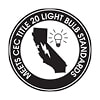 Tile 20 regulations, Certified to CEC These regulations set minimum energy efficiency levels for products. This is required for the sale of items in California. There are also some cities and areas that require very specific standards for exit signs and emergency lights. Two listed below are Chicago and New York. City of Chicago Approved Exit Signs Some requirements for Chicago Approved Exit Signs are below. (Reference the full code)
City of New York Approved Exit Signs Some requirements for New York Approved Exit Signs are below. (Reference the full code)
There are a lot of factors that go into the purchase of exit signs and emergency lights and it can be confusing. Remember to reference local and state codes and consult with a licensed electrician. Our friendly customer service team is also here to help and answer questions.
LED retrofitting refers to the process of replacing an older lighting technology, like incandescent, halogen, CFL, fluorescent or metal halide, with LED lighting, and there are a few ways to do this. OPTION 1 – SWAP IT OUTStandard Light Bulbs On a basic level, most incandescent or CFL medium-based bulbs that you’d find in common lamps, floor lights or vanities can be removed and replaced directly with LED bulbs. These bulbs use different technologies to create light, but because LED bulbs contain their own internal driver, no additional accessories are needed. Many lamps have a maximum wattage that should not be exceeded, which is not typically a concern since LED bulbs can produce the same amount of light as incandescent, halogen or CFL bulbs, while using much less wattage. LEDs are much more efficient than other technologies and last longer, which saves a lot of money and energy over time. Fixtures with Tubes When upgrading a light fixture, there are more options and often additional steps. Troffers and ceiling fixtures are common in all types of buildings and have generally used fluorescent tubes in the past. Today there are fixtures that contain tubes and also fixtures that contain integrated LED lighting. Starting with tubes, it is not always possible to simply swap out the fluorescent tubes for LED tubes and there are three main types of tubes to consider. Type A LED Tubes Type A LED tubes contain an LED driver that is able to use a ballast for power and often can work with the ballast that is currently in the fixture. These are sometimes called ballast compatible or plug-and-play tubes. Type B LED Tubes Type B LED tubes, often called ballast bypass, will not work with a ballast and will need to be directly wired to the power source. These tubes contain their own integrated driver. Type A and B LED Tubes There are also type A and B tubes, which can potentially work both ways, either using the fixture’s existing ballast or rewiring the fixture directly to the power source and utilizing the internal driver in the tube. Type C LED Tubes A final option are type C LED tubes. These tubes use a remote driver, instead of the internal driver, similarly to how the fluorescent tube uses the ballast. Type C tubes can provide additional functionality, like dimming. Fixtures with Metal Halide Bulbs Fixtures with high intensity discharge lighting like metal halide are generally used in areas that require a large amount of light, like warehouses, parking lots or building exteriors. A common upgrade for these applications is Corn Cob LEDs, given the name based on their appearance. Most Corn Cob LEDs include an internal driver, which will require the socket to be connected directly to the power source, meaning the fixture will need to be rewired. Corn Cob LEDs come in various shapes depending on the intended application. Because Corn Cob LEDs can sometimes be larger than metal halide bulbs and have different enclosure requirements, it’s important to consult a licensed electrician to determine if the bulb will be able to work safely and efficiently in the existing fixture. OPTION 2 – REPLACE ITAnother retrofit option is to replace the entire fixture. There are a great number of indoor and outdoor LED fixtures available with integrated LED lighting and drivers. These include flat panels, strips, troffers, under cabinet lights, recessed lights, area lights, wall packs, sconces and much more. The benefit of these fixtures is that generally everything you need is contained in the unit. There may be circumstances where an LED driver is needed though. There are also many options that allow you to choose your color temperature or amount of light output (lumens). This allows you to truly customize the light to your specific application. The downside to these can be that if something does go wrong or the LED lights reach their end of life, the entire fixture will need to be replaced. OPTION 3 – UPGRADE IT If you aren’t interested in a complete lighting overhaul, there is an LED retrofit option that combines the other options, called retrofit kits. These kits allow you to keep your existing fixtures, but to update part of them with LED lighting. Some offer modules or components that just contain the LED light and replace the internal elements of existing fixtures, some offer LED lights and the “face” of the fixture, which allows you to keep the existing mechanics and fixture back in the ceiling and just update the outward part of it, along with the lighting. These can be a very efficient and economic option. There are a vast number of LED options for every category and LED is an ever-evolving technology. It provides great savings in money and energy over older technologies. An additional, sometimes overlooked savings with LEDs refers to maintenance. Because LEDs last so much longer, they don’t need to be changed as often. That saves money on the maintenance side requiring less workers, lifts and delay of work when bulbs need to be changed.
With any lighting change, please be sure to consult a licensed electrician to ensure your upgrade is safe, efficient and the best option for your intended purpose. You can count on Lighting Supply to have an enormous selection of LED lighting with options sure to fit your application. 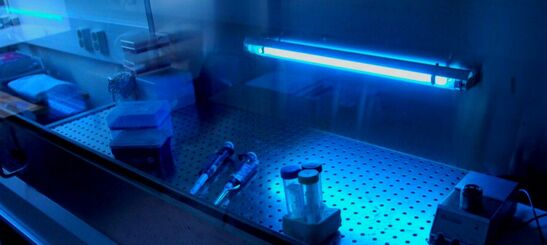 If you work in a medical or wastewater treatment facility, you are likely familiar with germicidal, or UV, lamps. For those who are not familiar with these specialty bulbs, let’s take a look at how they work and some of their common uses. Germicidal lamps produce short-wavelength ultraviolet, or UVC, light These short-wave UV light rays are between 100nm and 280nm on the spectrum of visible light. This type of light leads to the eradication of harmful bacteria and viruses by disrupting its DNA structure. They are ideal for use where disinfection is the primary goal. Germicidal lamps are also used for water and air purification and the creation of ozone. There are two types germicidal lamps commonly used: low pressure and high pressure. Low pressure lamps are most similar to fluorescent lamps, with the exception of two features. Low pressure germicidal bulbs contain no fluorescent phosphor and are made from fused quartz glass, instead of borosilicate glass like their fluorescent counterpart. They also produce a very small amount of visible light. High pressure lamps are most similar to HID, or high intensity discharge, lamps. These lamps are most commonly used in industrial water treatment facilities because they produce an intense radiation. High pressure germicidal lamps emit a bright bluish white light. *As with any fluorescent or HID lamp, germicidal lamps require the use of an external ballast to regulate the flow of current.
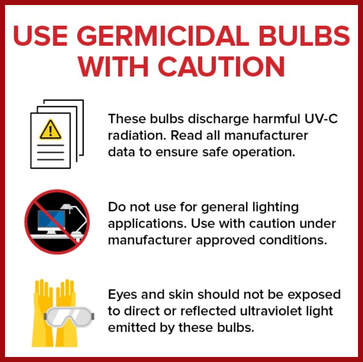 Germicidal lamps require proper safety precautions pertaining to eye and skin protection. Exposure to these lamps without the right protective gear can cause sunburn, inflammation to the cornea, or damage to the retina. High exposure over time can lead to skin cancer and temporary, or even permanent, vision impairment. Since germicidal lamps provide an important function, they must be cleaned often and replaced each year to ensure high performance. Germicidal lamps are a technical product that require specific handling and can cause serious issues if used improperly. If you have any doubt, please give our Customer Service team a call at 877.231.2852 or contact us here. NEW BRAND SPOTLIGHT!
Founded in 1959, James Gardner began to produce his first mold for his patented aluminum conduit bender with a small loan from his father-in-law. By 1969, he had redesigned and patented an improved fish tape for pulling wires through conduit. Just six years later, Gardner Bender was producing 13 different hand benders, 3 types of fish tapes, wire connectors and other items needed for electrical installation and maintenance projects. Gardner Bender has a wide selection of wire pulling equipment, conduit benders, wire connectors, heat shrink, cable ties, hand tools, meters and more! Their well-known and award-winning products continue to lead the way alongside its sister brands: Bergen Instruments, King Innovation, Sperry Instruments and Calterm. Visit LightingSupply.com to check out over 2,500+ Gardner Bender products we now offer! For more information, give our Customer Service Team a call at 877.231.2852 or email us here. Not too long ago, 2020 was imagined having flying cars and futuristic technology that was off the charts. However, there are many who are still using a product that has not changed much since it was manufactured for commercial use in the 1800s; the incandescent light bulb. Not only do incandescent bulbs have a short lifespan and low efficiency, they are also bad for the environment – producing a tremendous amount of carbon dioxide. California, a front-runner in environment preservation, has proactively stepped up again and put an end to the use of incandescent bulbs within their state. The California Energy Commission (CEC) has established new standards for lighting with a focus on a commitment to reduce energy costs and environmental impact. Two of these standards include Title 20, or the Appliance Efficiency Program, and Title 24 (JA8), also known as the California Building Standards Code. TITLE 20 Title 20, or the Appliance Efficiency Program, sets minimum efficiency levels for energy consumption in consumer electronics and household appliances – along with other standards related to water consumption and plumbing equipment. Title 20 is not only a requirement to sell in California, but the product must also be registered with the CEC prior to entering the market. TITLE 20 PERFORMANCE REQUIREMENTS
What does this mean for the consumer? Basically, the CEC has ensured that lighting products sold in California are brighter, more energy-efficient and longer lasting. This aligns with California’s environmentally friendly mission by creating less waste from discarded bulbs, emitting 80% less greenhouse gases and using significantly less energy when compared to incandescent, halogen and CFL bulbs. TITLE 24 (JA8) Title 24 (JA8), or the Building Energy Efficiency Standards, is focused on reducing wasteful and unnecessary energy consumption in new construction and existing buildings. Title 24, unlike Title 20, is not required in order to sell products in California. However, it is required for new construction projects. TITLE 24 (JA8) PERFORMANCE REQUIREMENTS
What does this mean for the consumer? Title 24 provides assurance that lighting products purchased will be more efficient and last longer. Also, lighting products must maintain their original brightness further into the life of the product. While Title 24 is not required in order to sell products in California, it is required for any new construction projects. This is yet another way California is making strides towards being a leader on environmentalism. COMPLIANCE SCORE CHART* If you’re in search of a CEC Compliant product, look no further than Lighting Supply. We have a fantastic selection of CEC Compliant products including light bulbs, downlights, motion sensors, and emergency lighting. For more information, give our Customer Service team a call at 877.231.2852 or leave a comment below.
ARTICLE REFERENCES www.energy.ca.gov https://www.tcpi.com/california-energy-commission-blog/ Deck the halls with boughs of holly… and a few lights while you’re at it! Tis the season to create a winter wonderland with twinkling lights and festive decorations. While Christmas lights bring a smile to our faces, unless you’re the Scrooge, there’s also potential risk that comes along with hanging them. According to the National Fire Protection Association (NFPA), Christmas lights cause 40% of Christmas tree fires, and overall decorations caused more than 15,000 injuries resulting in an emergency room visit – with falls being the highest at 34%, according to the Consumer Product Safety Commission (CPSC). Let’s take a look at the top 10 safety tips to ensure decorating your home goes without issue:
*As always, if you should have technical questions, please consult an electrician in your local area. Lighting Supply has a great selection of Christmas lights including replacement bulbs, string lights, rope lights and more! With these safety tips in your back pocket and our stock at your fingertips, we hope you are able to bring the magic of Christmas to your home this holiday season! If you have questions about our Christmas light selection, please give our Customer Service Team a call at 877.231.2852 or leave a comment below. Founded and celebrated by the National Fire Protection Associate (NFPA), October is Fire Prevention Month. This year, Fire Prevention Week is October 6th – October 12th. In commemoration of the Great Fire of Chicago in 1871, local Fire Departments will educate their community and encourage everyone to practice fire safety by checking your smoke alarms and creating an escape plan in case of fire.
Three out of five home fire deaths resulted from fires in homes with no working smoke alarms and the #1 cause of accidental home deaths is Carbon Monoxide. Smoke and CO alarms should be checked monthly and replaced every 7-10 years. Both alarms should be installed in each bedroom and on every level of the home, including the basement. You should also have a fire extinguisher on every level of your home, plus in the kitchen and garage. Being prepared is key in any emergency situation. To help ensure your safety before and during a fire eliminate clutter that can easily become a fuel source or block exits, store flammable chemicals properly, ensure all exits are easily accessible, have a list of emergency contact information and an escape plan that is well-practiced. Be proactive, not reactive – protect your family from potential disaster. Lighting Supply offers many fire safety products including smoke and carbon monoxide detectors, fire extinguishers and escape ladders. Give our expert Customer Service Team a call or leave a comment below and we will be happy to point you in the right direction! Sources: First Alert, Safety Resources |
This blog's content is copyright © 2014-19 Lighting Supply.

